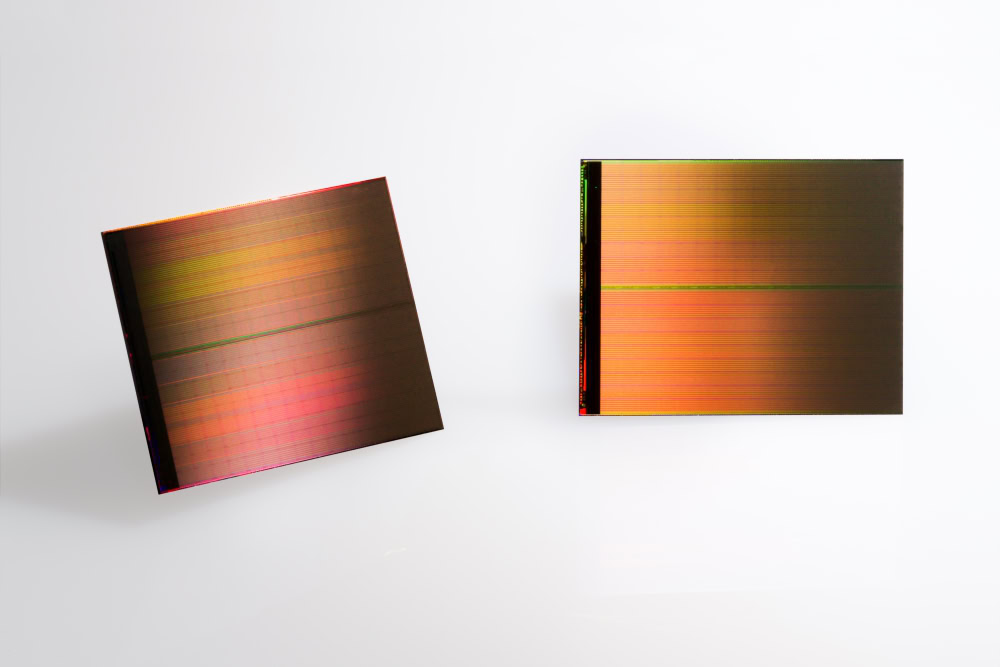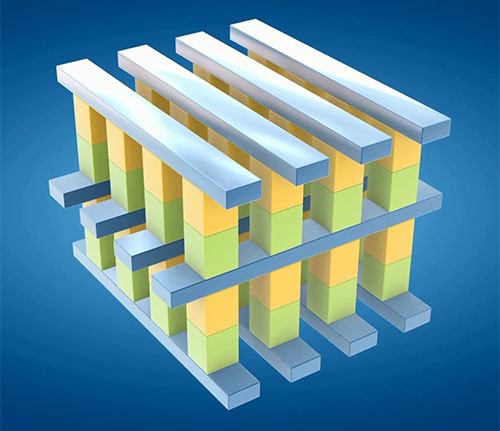Affiliate links on Android Authority may earn us a commission. Learn more.
Intel unveils 3D XPoint memory that’s 1000 times faster than flash
July 29, 2015

Intel and Micron have announced a new class of non-volatile memory that claims to offer a breakthrough in memory chips. Known as 3D Xpoint (cross point), production of this memory has already begun and could be heading to laptops, super computers and smartphones in the future.
3D XPoint is targeted to replace non-volatile memory, such as the NAND flash used in the current smartphones, but it works quite differently. Rather than using traditional transistors that have to be accessed in entire rows, XPoint is built from a 3D crosshatch patten, allowing access to individual cells to write or read those all-important 1s and 0s.

This is where Intel boasts that 3D XPoint could offer speed improvements of up to 1,000 times compared with current NAND flash. Rather than having to shift, wipe and write data into an entire block of cells, XPoint can access cells individually, which takes less time.
“This new class of non-volatile memory is a revolutionary technology that allows for quick access to enormous data sets and enables entirely new applications.” – Mark Adams, president of Micron
Furthermore, Intel’s crosshatch design allows the company to stack layers 10 times more densely than before, which means big increases in storage capacity without an increase in chip area.
Intel and Micron initially plan to manufacturer two-layer chips that store 128 Gigabits (16GB) of data, which is a similar size to memory in a number of smartphones. In the future, the technology can be stacked for larger capacities and could be implemented into solid-state drive like hard drives.
Thank you for being part of our community. Read our Comment Policy before posting.